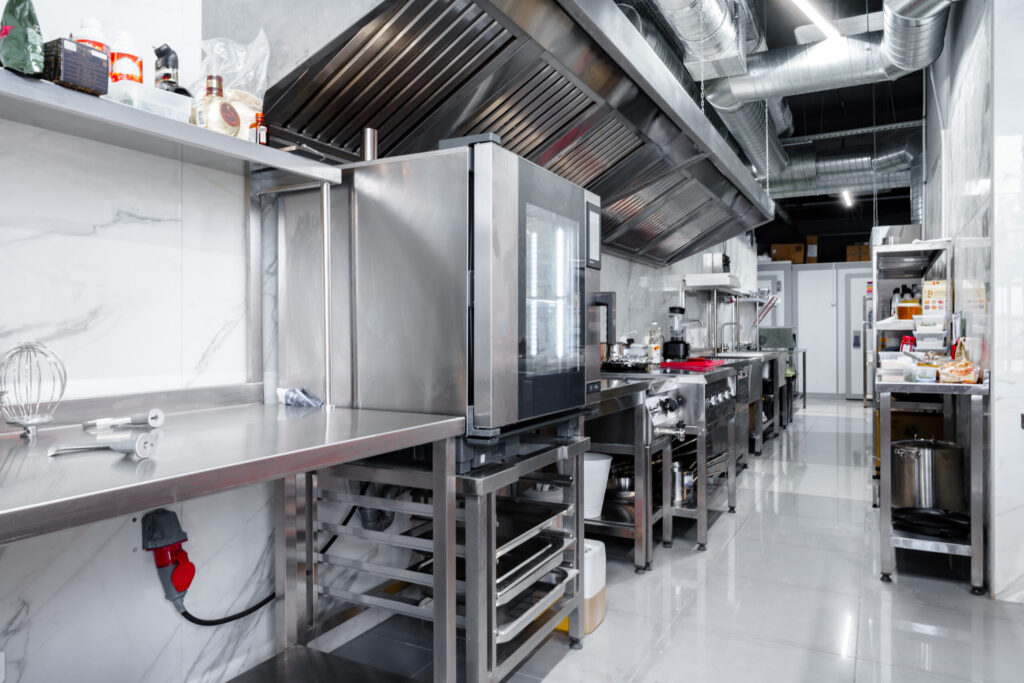Embarking on a journey as a restaurateur involves numerous decisions, from deciding on the ultimate menu to the best sort of cutlery to complement the vibe of your dining room. However, amidst this swarm of choices, your kitchen equipment is the unsung hero. The patches and sweat of your kitchen crew and the superior culinary skills will all fall flat if not supported by the correct kind of state-of-the-art, robust, and dependable kitchen apparatuses and machines. In this article, we will discuss the essential restaurant equipment every kitchen should have to ensure seamless operations and superior food quality.
Refrigeration and Storage Equipment: Keeping Freshness Locked
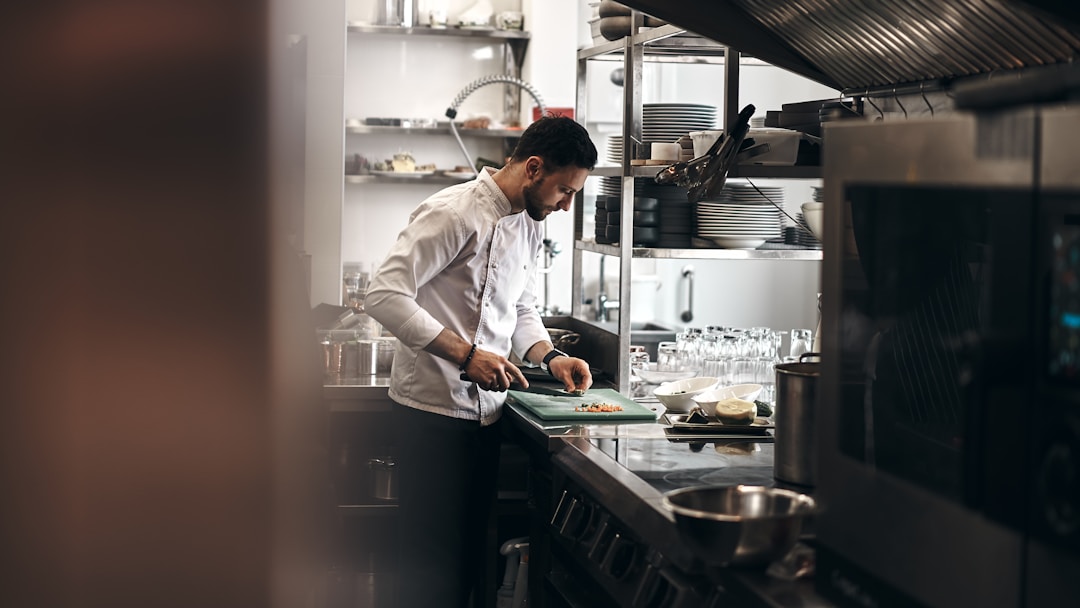
No commercial kitchen can function without adequate refrigeration. It is vital to keep ingredients fresh and, in some instances, for the preparation of certain recipes. Refrigeration equipment ranges from walk-in fridges to bar fridges and from merchandising units to under-counter refrigerators. Note that all of these play varying roles and are not interchangeable. Your refrigerator’s size depends on the extent of your kitchen, the kind of food you’ll be preparing, and the amount of food you need to store. Larger kitchens catering to a high volume of customers might need a walk-in fridge.
In line with efficient conservation, sandwich prep tables from Atosa are an exceptional addition to any busy kitchen. They provide an organized workstation with segregated compartments, ensuring your ingredients remain crisp, fresh, and easily accessible. At the same time, the upper counter serves as the perfect space for assembling your delicious sandwiches. The smooth surfaces and removable components make it simple to wipe down and sanitize the prep table, ensuring that your food remains safe and up to standard. This will enable you to remain compliant with health and safety regulations.
The Paramount Importance of Oven and Range
An oven and range are basic apparatuses that no commercial kitchen can go without. They are the powerhouse, making it possible to prepare a large variety of dishes. From simmering sauces to cooking meats, you need them to carry out most cooking tasks. They add versatility to your kitchen and contribute to the efficiency of your operations. The type of oven and range you choose can depend on several factors such as your menu and the volume of food you’ll be preparing.
Some restaurants can make do with a standard oven while others may need a conveyor oven, particularly if they’re dealing with a lot of baking and roasting. Your kitchen’s size also plays a significant role – while standalone ranges are great, if you’re tight on space you might opt for countertop ranges. The material of the oven and range is also a notable consideration. Cast iron and stainless steel are among popular choices owing to their durability and capacity to withstand high heat and heavy usage. Maintenance and cleaning for these materials is relatively effortless, contributing to their high demand.
Investing in the Right Food Preparation Equipment
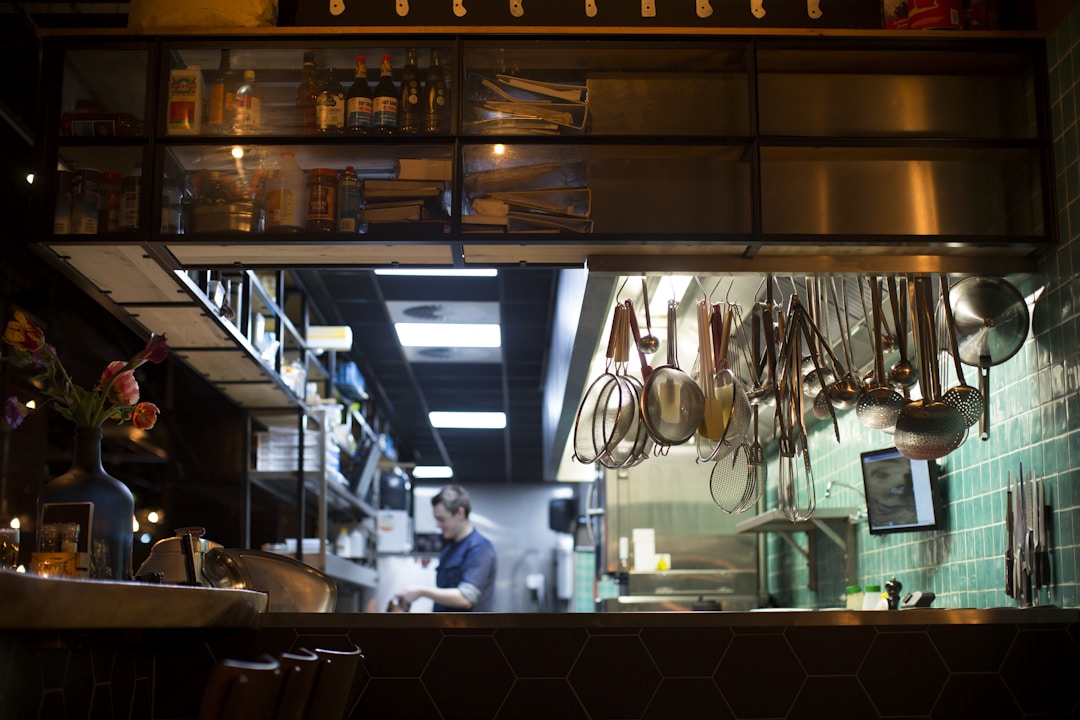
Preparing dishes in a commercial kitchen is vastly different from the preparations in a residential environment. It involves repetitive activities performed with a precision that only the right food preparation equipment can provide. This equipment ranges from knives, mixers, and food processors to slicers, and each plays a unique role in your kitchen. In food preparation, sharp and durable knives are crucial.
Mixers and food processors, on the other hand, add versatility and speed to your preparatory process. They allow you to tweak your process to cater to a wide array of food items, from whipping cream to grinding meat. Slicers, grinders, blenders, and similar equipment help make the food preparation process more efficient and reduce the time spent on these tasks. Time is money in the restaurant industry, and the right food processing equipment can dramatically increase your kitchen’s speed and efficiency.
Fryers: The Unseen Gem of a Commercial Kitchen
Frying adds flavor and texture to food that is difficult to achieve through any other cooking method. Therefore, commercial fryers are an integral part of most restaurants, whether you’re making crispy French fries or golden-brown fried chicken. There are various types of fryers, including open fryers, pressure fryers, and specialty fryers. Each has its own unique benefits depending on the type of food you’re preparing. Naturally, you must choose a fryer that is ideal for your restaurant’s menu items.
Finally, safety is an important consideration when choosing a fryer. Oil can pose a fire risk, so a fryer with built-in safety features can provide peace of mind while preparing your delicious fried dishes. Whether it’s a small countertop model or a larger, standalone unit, the right fryer can make a difference in your food’s quality and taste. Don’t forget, no matter what equipment you’re buying, always be sure to shop at a trusted retailer.
Selecting the Appropriate Dishwasher
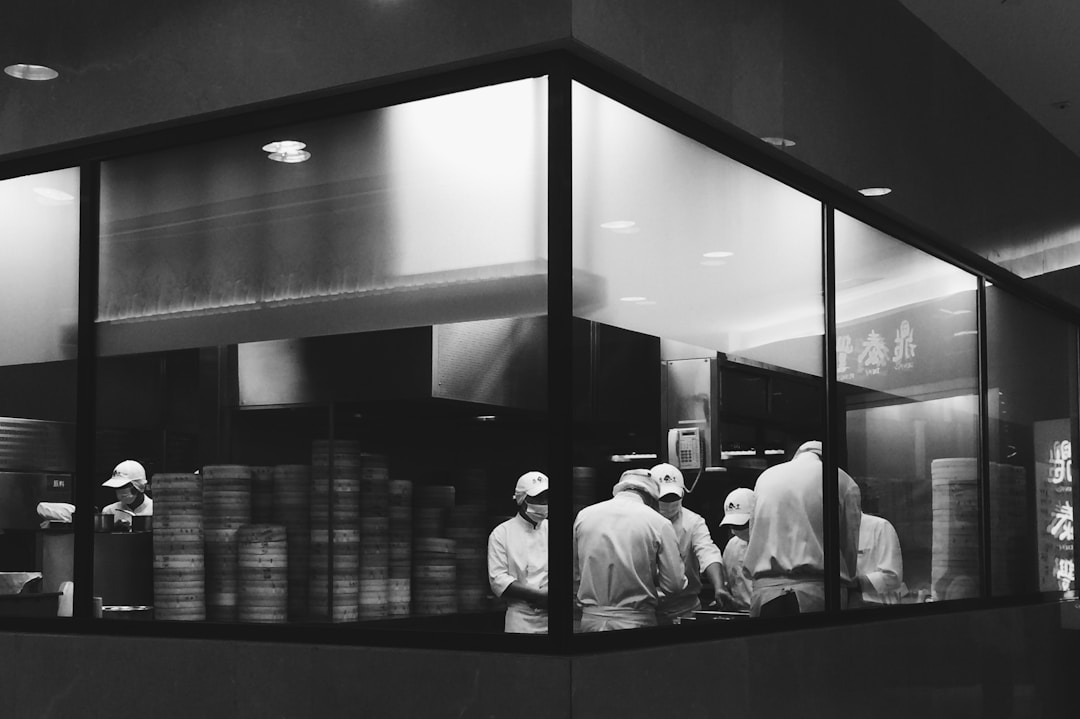
Doing the dishes is a major part of the cooking process. Glassware, cutlery, and cooking utensils need to be cleaned and sanitized to maintain the quality of food and customer satisfaction. For commercial kitchens, a dishwasher is not only a convenience but a vital necessity. You must select a dishwasher that suits your restaurant’s volume. A small café might get away with an under-counter dishwasher, while a busy, high-volume restaurant will likely need a conveyor dishwasher.
Moreover, it is imperative to remember that dishwashers are not one-size-fits-all. They come in various sizes and types to accommodate different dish volumes and dishwashing needs. Remember that while the initial cost of purchasing a dishwasher can be high, it is an investment. It reduces manual labor, increases efficiency, and is a fundamental part of any commercial kitchen. Don’t forget that you need to review your food safety procedures so you can take the best possible care of this equipment.
Exploring Exhaust Hoods and Ventilation
A commercial kitchen produces smoke, heat, and steam – elements that you don’t want lingering around. A good exhaust hood and ventilation system keep your kitchen safe, comfortable, and compliant with local regulations. It plays a role in ensuring that smoke and harmful fumes are directed out of the kitchen while supplying clean, fresh air. An exhaust hood is not just for removing smoke, but it also reduces grease and combustion products that could potentially be hazardous to your kitchen staff.
Choose an exhaust hood that suits the layout of your kitchen and the cooking equipment you will be using. Remember, the most powerful hood won’t be of any use if it doesn’t cover your cooking area adequately. Local regulations often dictate specifications for exhausts and ventilation in commercial kitchens, so make sure you are familiar with these and plan accordingly. Remember that a well-ventilated kitchen improves the cooking environment and also the quality of your food.
How Many Sinks Do You Need?
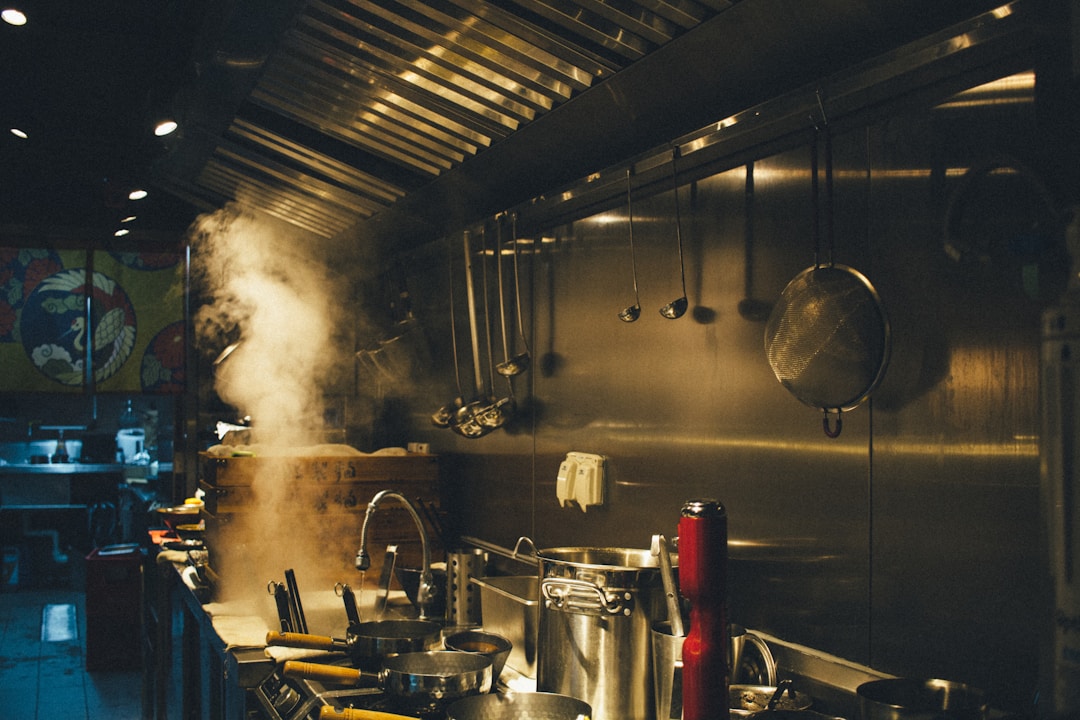
Water is one of the most used resources in a kitchen, making sinks a necessary piece of equipment. From washing vegetables and seafood to cleaning utensils and your workspace, a sink is needed for maintaining a hygienic and efficient kitchen operation. Consider the size and the number of sinks you need based on the space and the type of food you serve. Also, bear in mind that there are local health laws for maintaining separate sinks for handwashing, food preparation, and dishwashing. Avoiding cross-contamination is a primary concern in a commercial kitchen, so plan your sinks accordingly.
Overall, setting up a commercial kitchen requires a solid understanding of your menu, clientele, and kitchen space. It also requires a careful selection of the appropriate food preparation and cooking equipment. Amongst the range of kitchen equipment available in the market, it comes down to your dining establishment’s unique needs, ensuring that the investment is both practical and economical. Thus investing wisely will accelerate kitchen operations and enhance the food’s quality served to your customers, eventually leading to higher customer satisfaction and profitability.

